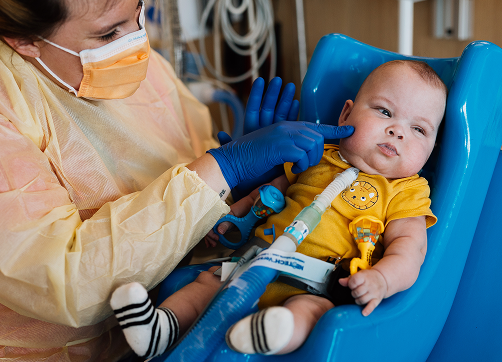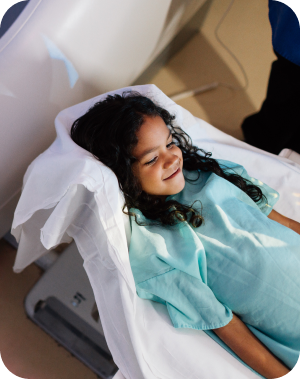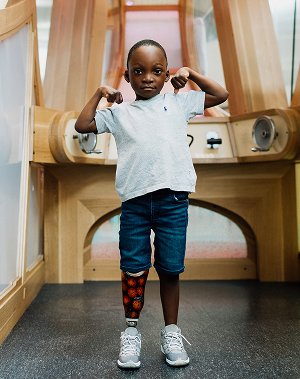juvenile dermatomyositis (JDM)


what is juvenile dermatomyositis (JDM)?
Juvenile dermatomyositis (JDM) is an inflammatory (causes pain and swelling) disease that affects the muscle, skin and blood vessels. JDM affects about three in one million children every year. Children with JDM get muscle weakness and skin rash. Most child develop JDM between the ages of five and 10 years old, and girls are affected about two times more often than boys.
There is not a known cause for JDM. The most common signs and symptoms associated with JDM include:
- A skin rash on the face, eyelids and areas around the nails, elbows, knees, chest and back. The rash may appear slowly and a violet or dusky-red color. The skin rash is typically the first sign of JDM and can sometimes by misdiagnosed as eczema.
- Muscle weakness that progressively gets worse over time. The hip, thighs, shoulders, upper arms and neck muscles are typically most affected. This muscle weakness can affect everyday movements such as climbing stairs or getting up and down from a chair.
Other signs and symptoms associated with JDM include:
- Difficulty swallowing, choking on food and drink
- Changes in the voice
- Feeling tired
- Fever
- Weight loss
- Ulcers in the stomach
- Lung problems
how is JDM diagnosed?
Your doctor will ask a lot of questions about your child’s symptoms. They will do a detailed physical exam to check the skin and muscles. Your doctor will most likely order testing to diagnose JDM. JDM can be diagnosed using different tests. Some of these tests may include:
- Magnetic resonance imaging (MRI) – an MRI takes pictures of muscles. It can see patterns in the inflammation and swelling in the muscles.
- Muscle biopsy – a small piece of muscle is removed and looked at under a microscope.
- Blood tests – can tell the doctor if enzymes in the blood are elevated, and detect autoantibodies associated with JDM.
- Nailfold capillaroscopy – odd swelling of the blood vessels around fingernails can be noticed in patients that had JDM. This can indicate active disease.


how is JDM treated?
There is no cure for JDM. The goal of treating JDM is to reduce inflammation that is causing the pain. Treatment may include a team approach with a rheumatologist, physical therapist, dermatologist, and primary care doctor. Most children’s symptoms go away with treatment. Treatment may include:
- Physical therapy to gain strength and flexibility and help determine the right level of activity. Activity is important for someone with JDM, but it’s important to not do too much.
- Speech therapy may be included in treatment if your child has trouble swallowing.
- Dermatology may be included to help control the rash. It’s important to protect your child’s skin from the sun. Make sure they wear sunblock and wear a wide-brimmed hat.
It’s important for children with JDM to maintain a healthy lifestyle to keep their symptoms under control. This includes eating a well-balanced diet and regular exercise.
related blogs
here when you need us
Whether you’re looking for the right provider, ready to make an appointment, or need care right now—we’re here to help you take the next step with confidence.

